| |
|
|
|
George Daniel Miller
Private First Class
B CO, 3RD BN, 47TH INFANTRY, 9TH INF DIV, USARV Army of the United States Indianapolis, Indiana March 14, 1947 to June 19, 1967 GEORGE D MILLER is on the Wall at Panel 22E, Line 15 See the full profile or name rubbing for George Miller |
  |
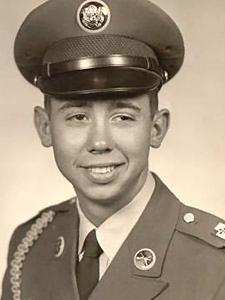
|

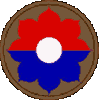
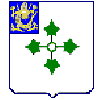
| |
REMEMBERED...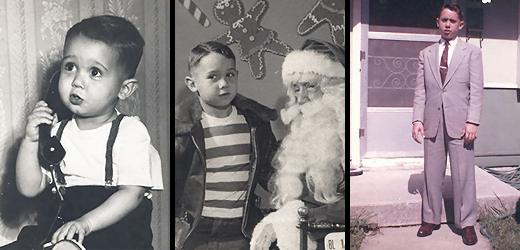
From the muddy fields of Vietnam two years ago today, God reached out and touched our Dan, and took his life away.
We don't know if he suffered,
Written By Danny's Mother, 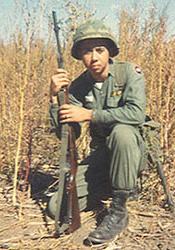
Danny during an Advanced Infantry Training exercise at Fort Riley, Kansas. September 1966 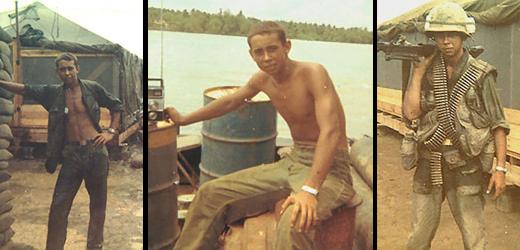
VIETNAM
Left - Mar 1967
Center - May 1967
Right - Apr 1967
On 31 May 1967 the 2nd Brigade, 9th Infantry Division, began to move into the Navy barracks ships designated for it, and the Army/Navy "Mobile Riverine Force" became a reality. When the center photo was taken the 4/47th Infantry had just joined the "Mobile Riverine Force".
AND MISSED..."Danny, how we wish we could've grown old together, watching our children and grandchildren play and grow. We never got that chance, you were taken from us far too soon. The day you died, saving a buddy's life, made you a hero ... but it also broke our hearts. We still talk about you often and you still live within our memories. Even after all these years, we still miss you Danny, and we know someday we will see one another again."
- November 24, 2004 -
|
A Note from The Virtual WallSince the end of World War II the revolutionary forces in South Vietnam had considered the Mekong Delta south of Saigon as their property. By the time the U.S. became heavily involved in the ground war in Vietnam, the Can Giuoc District, Long An Province, some 60 kilometers south of Saigon, was deep in VC country.In early 1967 the 5th Nha Be (VC) Battalion, a main force Viet Cong unit, was operating in Gia Dinh Province around Saigon. In a series of battles during the spring of 1967, the 5th Battalion was severely mauled by the 199th Infantry Brigade and chose to withdraw to a safe haven in Can Giuoc District to refit and rebuild. Although the ARVN 46th Infantry Regiment maintained a watch over the Can Giuos District, it never seriously tried to exercise control over the area. That stand-off situation allowed the remnants of the 5th Nha Be (VC) Bn to construct a series of reinforced, well-camouflaged bunkers in a bend of the Rach Nui River, where they settled down to the process of reorganizing. During the same period, the Army's 2nd Brigade, 9th Infantry Division, and the Navy's riverine forces, particularly River Assault Flotilla One, were joined at the hip to form the Mobile Riverine Force - the Navy provided the mobility, and the Army provided the force. By early June 1967, the troops were berthed aboard self-propelled barracks ships and the Navy had gathered together the riverine craft necessary to move, land, and support the troops. OPERATION CONCORDIA I was the first major riverine campaign - and it centered around destroying the sanctuary then occupied by the 5th Nhe Be (VC) Battalion. The only problem was that no-one knew exactly where the VC forces were located ... the general area was known, but the specific location was not. At 0500 19 Jun 1967, troops of the 3rd and 4th Battalions, 47th Infantry, were loaded aboard a fleet of 26 Armored Troop Carriers (ATCs), with 5 heavily-armed river monitors and 2 command boats in support. At 0635 the ATCs landed the first of five rifle companies at a point two kilometers north of the village of Ap Bac. The troops began a sweep toward Ap Bac, slogging across flooded rice paddies. For several hours nothing happened ... the VC were lying low in their spider holes and camoflaged bunkers, hoping to be overlooked, and the American troops were finding absolutely nothing in the way of enemy forces. That changed at 1150, when A Company, 4/47th Infantry, walked into a "L"-shaped VC ambush, forcing the VC to open fire. A/4/47 took very heavy losses in the initial onslaught, but the combination of other infantry units, fire support from the river monitors, and air/artillery support gradually broke the VC lines and forced them from their prepared defensive positions. By nightfall it appeared that the VC were trapped against the Rach Nui River and that their destruction was simply a matter of time. At that point, the inexplicable occurred - Navy higher headquarters, acting over the objections of the Navy on-scene commander, directed that the river monitors should withdraw for the night. They followed orders, and by so doing opened the back door for the 5th Nha Be Battalion. At least part of the 5th Nha Be Bn managed to cross the river and disappear to the north, although they lost a rear-guard platoon in the process. A search of the battlefield turned up 218 bunkers, many of them destroyed, and 98 dead Viet Cong soldiers. Documents captured later stated that the 5th Nha Be actually lost 170 killed in action, with many more wounded. OPERATION CONCORDIA succeeded, but it carried a high cost - 44 Americans were dead, and scores more were wounded:
A more detailed description of the 19 June 1967 fight at Ap Bac is available on-line on the military.com site.
George Daniel Miller |
| Contact Us | © Copyright 1997-2019 www.VirtualWall.org, Ltd ®(TM) | Last update 08/15/2019. |